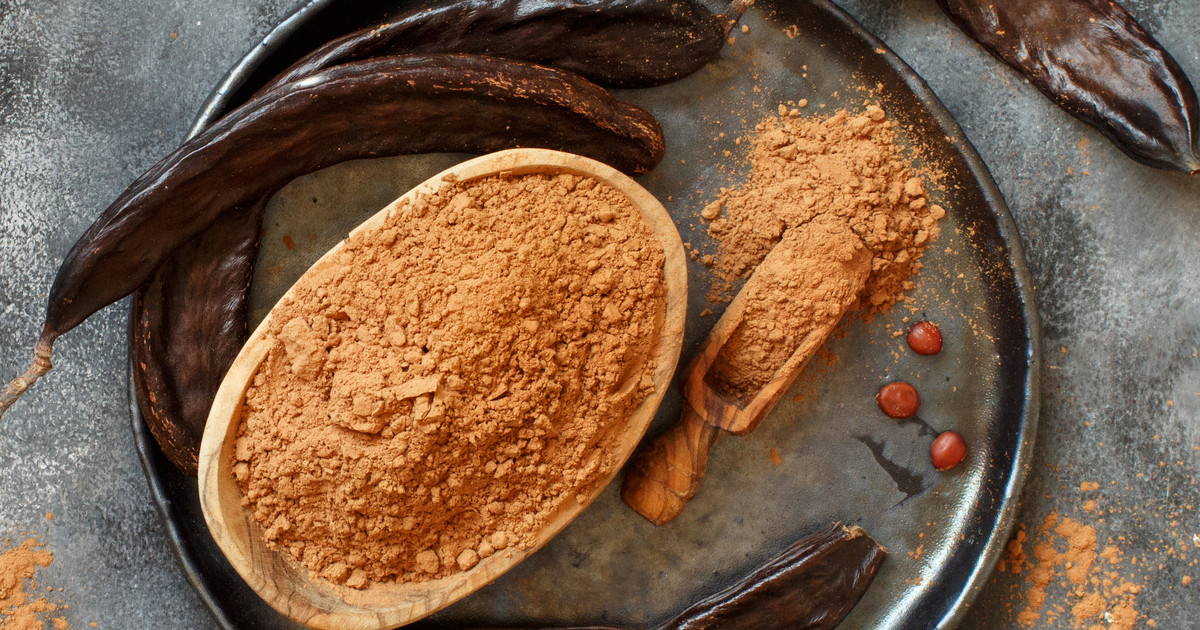Guide To Epigallocatechin Gallate (EGCG)
Epigallocatechin gallate (EGCG) is a naturally occurring substance known for its antioxidant properties. It is also a type of catechin. Catechins are compounds that have been proven to have health-promoting benefits. Epigallocatechin gallate is believed to be the most potent and abundant antioxidant in green tea. Evidence indicates that this compound may be able to both treat and prevent many different health conditions. However, while this compound may be beneficial, consuming too much can have the opposite effect.
As mentioned, this compound is among the green tea catechins. Patients often drink green tea as part of their weight loss regimen. It is one of the natural remedies for weight loss. Of course, some individuals may use green tea capsules for weight loss as well. However, individuals need to understand epigallocatechin gallate and its sources before using it for any medical purpose.
Sources Of Epigallocatechin Gallate

Epigallocatechin gallate is found in many teas, fruits, vegetables, nuts, and dietary supplements. Carob flour, a cocoa alternative made from the pods of carob trees, is one of the most abundant sources of this catechin. In the tea family, green tea has the highest epigallocatechin gallate content. The next highest amount is found in white tea. Oolong tea and black tea both contain smaller, yet still significant, amounts.
While fruits and vegetables are not normally good sources compared to teas, some contain greater amounts than others. Fuji apples have more quantities of this compound than many other fruits, including other types of apples. Cranberries, blackberries, raspberries, and plums have less epigallocatechin gallate than fuji apples. However, they are still on the higher end of the scale as far as fruits are concerned. Peaches, pears, kiwifruit, strawberries, avocados, and some types of onions all contain this catechin as well, though they are not reliable sources. As for nuts, pecans and hazelnuts are excellent, while others often contain smaller amounts.
Continue reading to learn about how epigallocatechin gallate works next.
How It Works

With recent discoveries, researchers now have a good understanding of how epigallocatechin gallate works. Free radicals are molecules that arise within the body and can damage cells. This cellular damage can lead to many different health problems. Antioxidants and some other substances can help protect the body by neutralizing these free radicals. In lab experiments, this catechin has shown very potent antioxidant activity in human skin and organ cells.
Apoptosis is a process where the immune system identifies and removes infected, damaged, or cancerous cells. Epigallocatechin gallate has been found to help enhance this process, leading to a quicker and more effective removal of certain threats. This catechin has anti-inflammatory properties as well. Cytokines, proteins that impact the immune system, can both cause and reduce inflammation, depending on the type. This catechin suppresses proinflammatory cytokines. They are the ones that trigger inflammation.
Discover the uses and benefits of this catechin next.
Uses And Benefits

Epigallocatechin gallate is currently being studied in clinical trials because it has shown promise as a possible treatment for various diseases and conditions. It is a natural antioxidant. Thus, it possesses antiviral, antifungal, and antibacterial properties. Obese individuals who consumed green tea containing up to 460 milligrams of epigallocatechin gallate per day observed significant weight loss after twelve weeks. Oxidative stress is a major factor in the development of many health problems. Examples include heart diseases, fatty liver disease, various cancers, and premature aging. Epigallocatechin gallate has been shown to possess powerful antioxidant effects. Thus, it may reduce the oxidative stress that can lead to these conditions.
New anticancer treatments that combine conventional chemotherapy treatment with this catechin are currently undergoing testing as well. In animal studies, mice that were exposed to tobacco smoke for twelve weeks and treated with epigallocatechin gallate showed less cellular changes in their stomachs than those that received no treatment. Evidence also indicates that this compound may help prevent brain damage caused by neurodegenerative diseases. This includes Alzheimer's disease.
Review the potential side effects and risks next.
Potential Side Effects And Risks

The potential benefits of epigallocatechin gallate from natural sources have been well-documented in recent years. However, there are also possible side effects and risks when it is derived from highly processed sources. Natural green tea in beverage form is considered to be safe and even beneficial for many individuals. However, green tea powder, formulas, and supplements with this catechin can carry risks and produce side effects. Researchers have found that oxidative stress occurs when higher amounts of this compound are consumed, particularly in supplemental form. This can result in systemic inflammation, leading to a wide range of different diseases and disorders.
Liver damage and destruction of the epithelial lining in the body, which covers and protects many organs, can occur. In studies involving diabetic mice, high levels of epigallocatechin gallate increased the mortality of treated mice by sixty percent due to significant kidney damage. This has led some researchers to suggest that diabetes patients may be at an increased risk of side effects when consuming abnormally high amounts of this compound.
Get the details on the dosage instructions with epigallocatechin gallate next.
Dosage Instructions

When using this catechin as a therapy or diet supplementation, the dosage can differ depending on its form. Those who regularly drink green tea normally consume between ninety to three hundred milligrams of this compound daily. This is considered to be safe and even healthy for some. However, supplements or processed formulas can expose consumers to upwards of one thousand milligrams or more per day. Dosages at these levels can be hazardous. While doctors and researchers have not yet agreed on a universal set of guidelines for consuming epigallocatechin gallate, certain precautions should be taken.
Many studies recommend against taking this compound in supplemental form unless specifically directed to do so by a doctor. Researchers in one study suggested that no more than 338 milligrams in solid form should be consumed, as any more than this may produce side effects. Other studies have found that high dosages of around eight hundred milligrams per day can cause significant organ damage.
